How to Transform your Live Shopping Event into a Data-Gathering Powerhouse
iAdvize
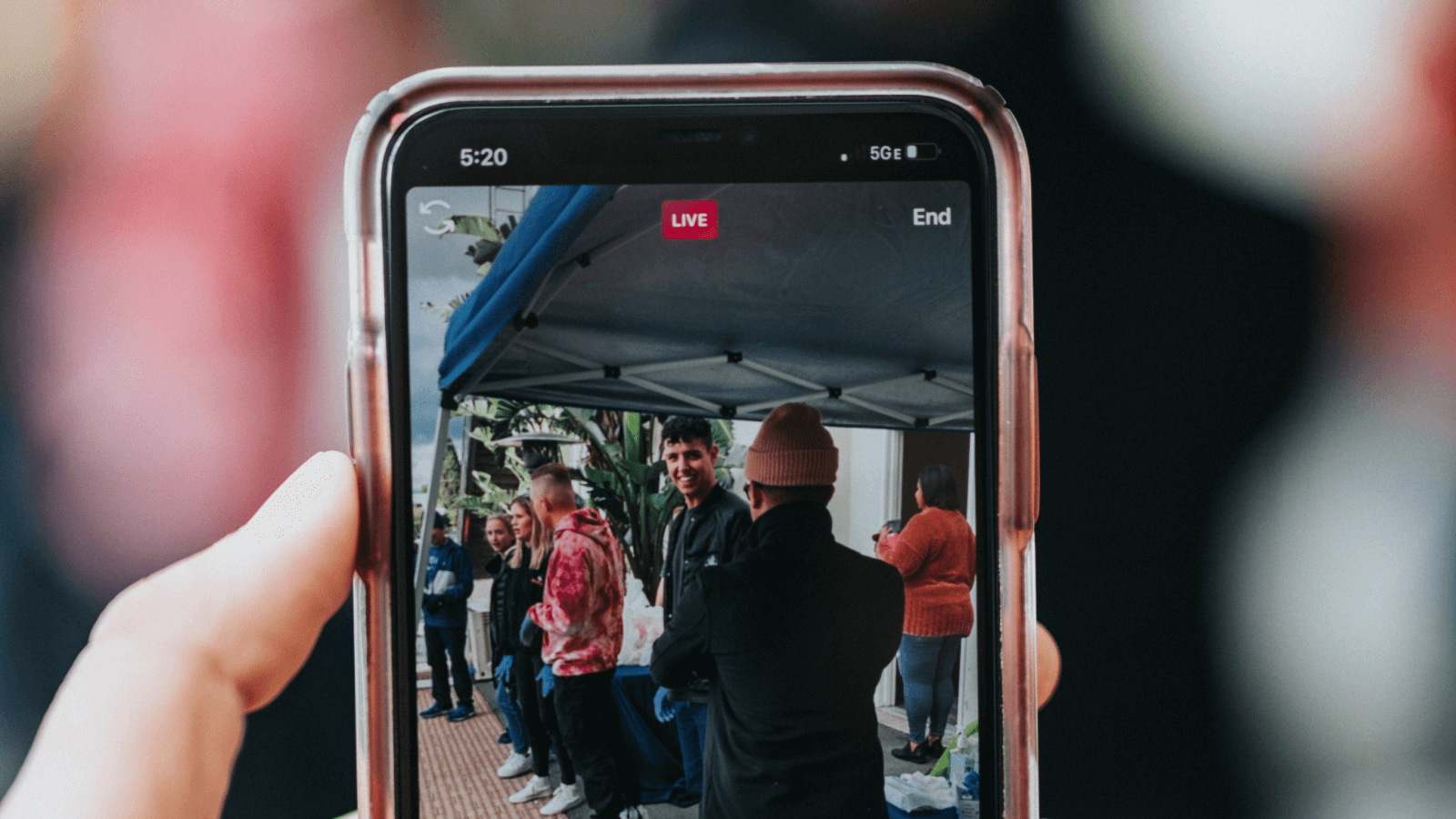
Live shopping offers companies advantages, from elevating brand recognition to building community to driving conversions, but these are just the tip of the iceberg. Recently, brands are using live commerce to collect customer insight that informs future outreach strategies to target audiences.
The process starts before the live event, with strategic promotions designed to attract viewers, gain sign-ups, and collect customer data. Throughout the event, brands can deploy interactive activities to collect voice of the customer (VoC) insight and learn about customer preferences. They can also make use of gamification features where customers are required to share their data in order to access exclusive games, products, or prizes.
After the live event, retailers can use these insights to send highly targeted communications to drive greater engagement. According to Accenture, consumers strongly prefer personalized, relevant offers and outreach.

How can you make this strategy work for you? Read on as we explain how to turn your live shopping event into a data-gathering powerhouse.
Innovative Ways to Use Live Shopping for High-Value Consumer Data Collection
Design your live shopping events with data collection in mind. Start with robust assets to collect registrations across multiple channels. During your event, deploy interactive tools that help you understand individual customer preferences, like polls or open response questions.
At the end of the event and beyond, you can use these insights to stay in touch, share compelling offers, and build a stronger bond with your audience.
Pre-Event: Capture Consumer Data & Build Excitement
In the days and weeks leading up to your live shopping event, run a robust, multi-channel digital marketing campaign where you share content across all your digital platforms, like:
- Your website. Create banners and blog posts to spread the word.
- Social media. Build engaging promos that encourage social sharing; Invite followers to sign up by posting a variety of tweets, pictures, and stories pointing to the registration page.
- Digital advertising. Consider paid ads on social channels, through retargeting, and display ads on select websites to attract more registrants.
- Email. Ask for new details—demographics like household size or favorite products—to enrich the information you already have about your subscribers.
- Influencer marketing. Partner with popular content creators to generate excitement and reach a broader audience. Give your influencer partner content assets and registration links to share with their followers.
You can use a variety of tactics to capture interest without being repetitive. Try save-the-dates, countdowns, product or host reveals, and sneak peeks to spark interest and boost registration.
Just remember that every step of the way, you should be trying to make it effortless to sign up. Give people the option to add the event to their personal calendar or receive SMS reminders. You want to strike a balance of not making the process too complicated, while still collecting essential information, like name, email address, and phone number.
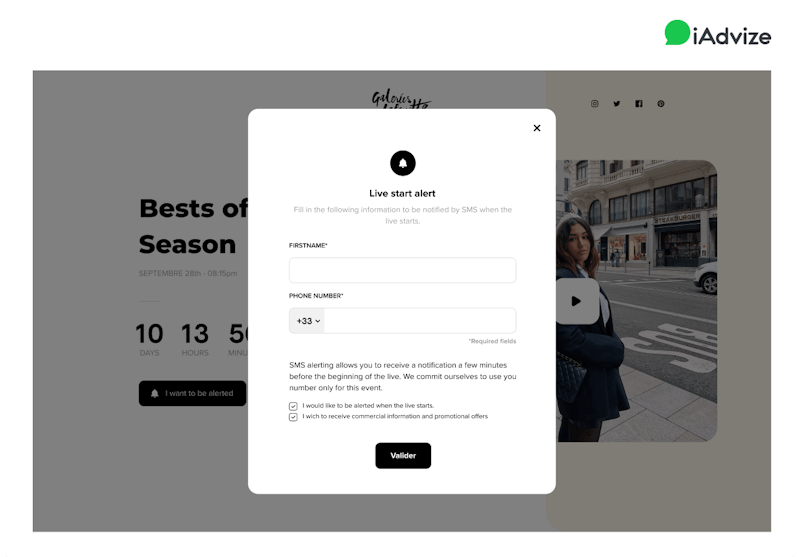
Want to generate even more buzz? Include an exclusive during the event, whether it be a game or access to a highly coveted product, and hype it up to your potential audience in advance.
Games of chance, like raffles or lotteries, with valuable prizes awarded at the end of the event can motivate people to keep watching. The longer viewers stay, the more opportunities you have to foster interaction and collect insights to use for ongoing retargeting and personalization.
During Your Live Shopping Event: Use Interactivity to Collect Audience Insight
One of the unique aspects of live shopping is the ability to foster interactivity with your audiences. While interaction goes a long way to making events more memorable, it can also serve a more strategic purpose. Approached the right way, it can help you collect a goldmine of customer data.
Here are some tips on how to make this work:
- Have the host engage with viewers by their first name. Make people feel special by acknowledging their comments and using their first names. This can motivate more people to comment in hopes of being recognized—especially when the host is an engaging personality or a popular influencer.
- Ask more than three questions during the live show. Encourage conversation by asking questions, but design them strategically to gather information. You could ask viewers what they want to see in a future live shop, for example.
- Use polls to elicit insights into viewers' preferences. Let people express their opinions through polls and see how their preferences line up with others. You can ask, "Which product is your favorite?" or "What designer do you prefer?" Questions like these get viewers to reveal pertinent facts that you can use for personalized promotions.
- Include gamification to gather even more insight. Run an exclusive game that requires participants to share some information in order to participate. This builds excitement as viewers wait to learn if they've won, and gives you a chance to gather even more intel.
Collecting data through games and polls aims to help you build a deeper understanding of your customers so that you can forge stronger connections with them in the long term. It's a springboard to increased loyalty and sustained revenue growth.
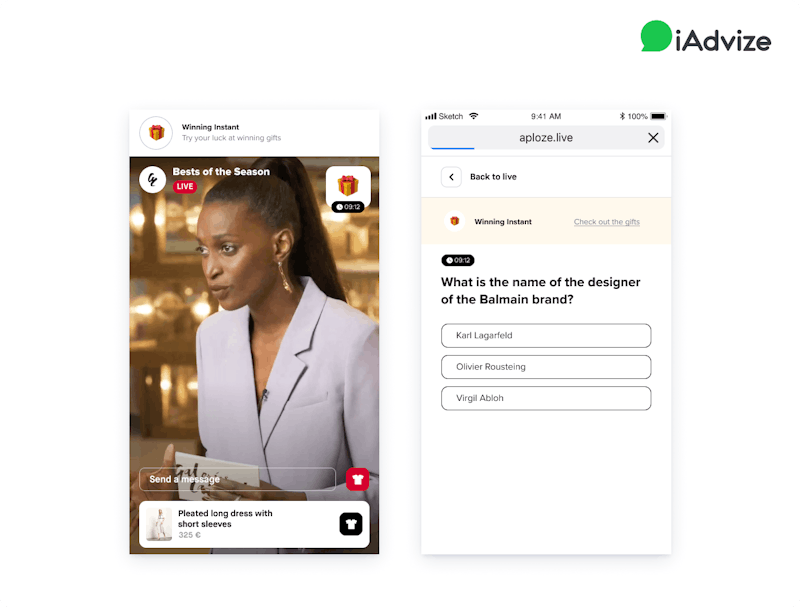
Remember: Consent and Transparency are Essential
Remember to ask for permission when collecting data, and be upfront about how you plan to use it. ZDNet reports that the majority of people are willing to give up personal information.
- 81% of consumers will share information for personalization
- 83% of people are more inclined to offer up personal data if brands are transparent about how they will use it

The Value of First-Party Data
The data you collect directly from customers is a proverbial goldmine because no other brands or retailers have those unique insights.
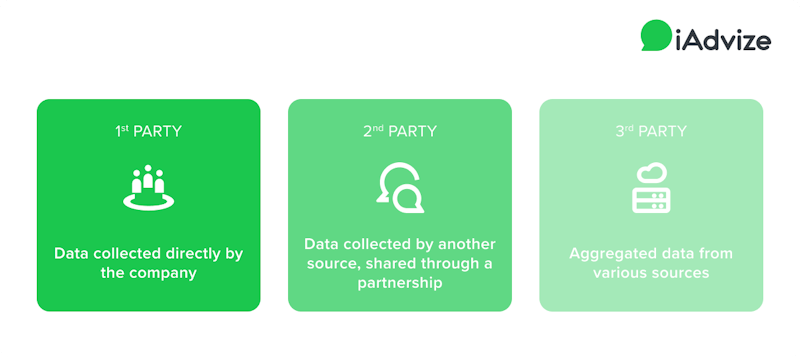
Chain Store Age reports that brands who make effective use of their first-party data gain traction as digital innovators and leaders.
They are empowered to lead their own customer relationships and drive their consumers into digital purchases at various e-commerce retailers or their DTC storefronts. These brands are seeing their investments in digital pay off, which is creating a brand strategy revolution.
First-party data can be one of your most powerful marketing resources:
- It lets you build stronger relationships with customers. Today's brands and retailers share relevant, personalized messaging with consumers through various channels, like email, SMS, and social media. First-party data lets you move beyond simple group segmentation to deliver truly targeted communication based on insights you've gathered directly from customers.
- It empowers stronger media performance. You can use first-party data to build precision media and advertising campaigns that reach people with the right information at the right time. What's more, you can use your first-party data to unlock opportunities outside of digital, like TV and audio, to keep your brand top-of-mind with potential customers.
- It gives you bargaining power. The wealth of consumer data you collect may be helpful to other companies. You can use these high-powered consumer insights to negotiate partnerships and promotions that deliver results.
- It helps you identify potential brand advocates. Every brand and retailer can benefit from consumer champions who share positive feedback with others, both online and in real life. When you seek out those passionate loyalists and strategically work to turn them into brand advocates, you can boost your reach and recognition. You can even leverage them as on-demand advisors to help you provide standout experiences to digital shoppers.
With recent data privacy changes limiting some third-party data collection, first-party data is becoming more critical than ever. Retail Information Systems (RIS) recently found that 88% of marketers named first-party data collection as a high priority, with almost 68% citing it as their top priority.
Data Helps You Build Truly Personalized Experiences
Forrester stresses that brands need to be looking beyond segment-based personalization to what the research firm calls "personalization 2.0", or individuation.
According to Forrester, this move towards individuation is a logical step that improves upon limited, earlier attempts at customization. Initial forays into personalization may have included simple tactics, such as adding the consumer's name on an email subject line.
Somewhat more sophisticated practices involved presenting retargeting ads based on what shoppers viewed on a website. If the consumer had viewed a pair of shoes, for example, they might then repeatedly see those shoes pop up as display ads on other sites. Returning to the retailer where they viewed the shoes might bring up some "you may also like" recommendations that present items similar to the shoes.
As Forrester explains, these techniques focus on the consumer's past needs, rather than present or future ones. If the consumer made an offline purchase or lost interest, these repeated presentations of irrelevant products could be frustrating and give a negative impression of the brand.
By contrast, individuation speaks to the unique needs of each customer. To achieve individuation, you need more data. Specifically, you need data on "attitudes, sentiments, context, affinities, and activities." - Forrester
Well-designed interactive games and polls during your live shopping event can help you gain these insights and deliver truly unique, one-to-one experiences.
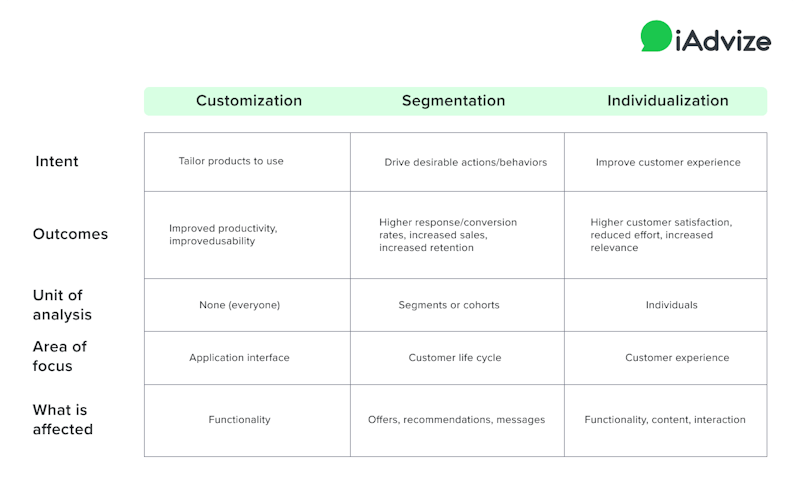
Personalization Delivers Business Benefits
True personalization has a significant positive effect for businesses that get it right. As McKinsey & Company reports, the surge in digital behaviors in recent years has only increased consumers' desire for genuinely personalized experiences. They found that 71% of people surveyed wanted personalization, and 76% felt frustrated when that didn't happen.
Both existing and first-time customers have high expectations when it comes to personalization. They wanted relevant recommendations, messaging, promotions, and more.
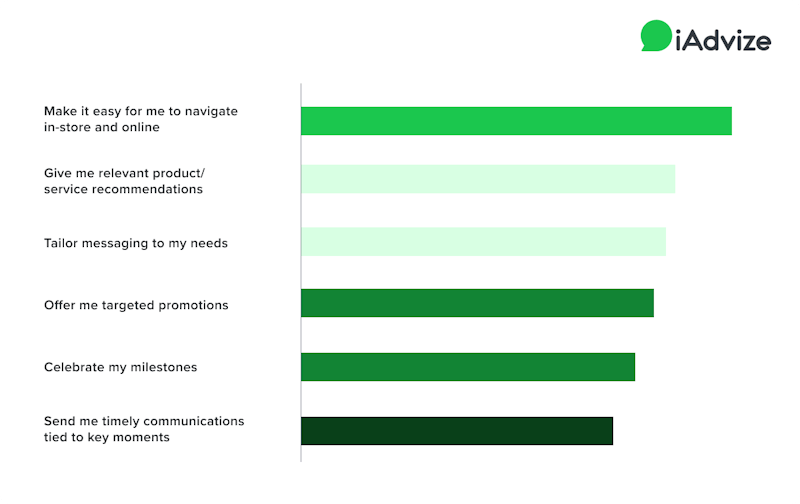
But does the effort that goes into personalization actually pay off? McKinsey's research gives a resounding yes. Companies with a stronger focus on personalization grew at a much faster rate than their counterparts.
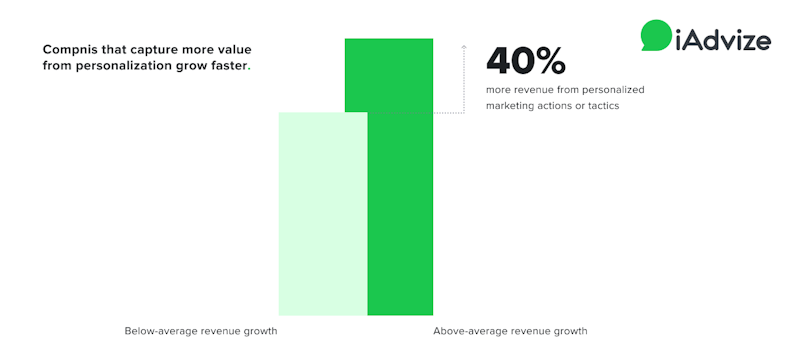
Also noteworthy: all brands that used personalization saw at least 5%, and up to 20%, in revenue uplift. And brands with strong first-party data gathering capabilities had the highest success rates, with 25% revenue uplift or more.
The more skillful a company becomes in applying data to grow customer knowledge and intimacy, the greater the returns.
McKinsey
What does this mean for your brand? The unprecedented opportunity to use interactive live shopping techniques to collect first-party data and drive measurable revenue growth.
Harness the Full Potential of Your Live Shopping Program
Data-based personalization is table stakes for every brand today. The truth is, shoppers know you collect their data, and they embrace it, as long as you deliver something equally valuable in return.
Live shopping is a vehicle for gathering essential first-party data that can inform all your other marketing activities. Hosting a live event allows you to collect basic prospecting data, like name and contact details.
The true power of live shopping goes beyond the fundamentals. During-event interactive experiences can make people willing to share personal information—valuable details about preferences and attitudes—that can give you a window into their daily life.
With these insights, you can go beyond simplistic customization to deliver genuinely personalized and relevant experiences. You'll create moments that matter and realize more opportunities to grow brand loyalty.
Get in the game with Winning Instant. Winning Instant is an industry-unique gamification tool from Aploze by iAdvize. With Winning Instant, you can create interactive games that boost engagement and empower you to collect first-party data.

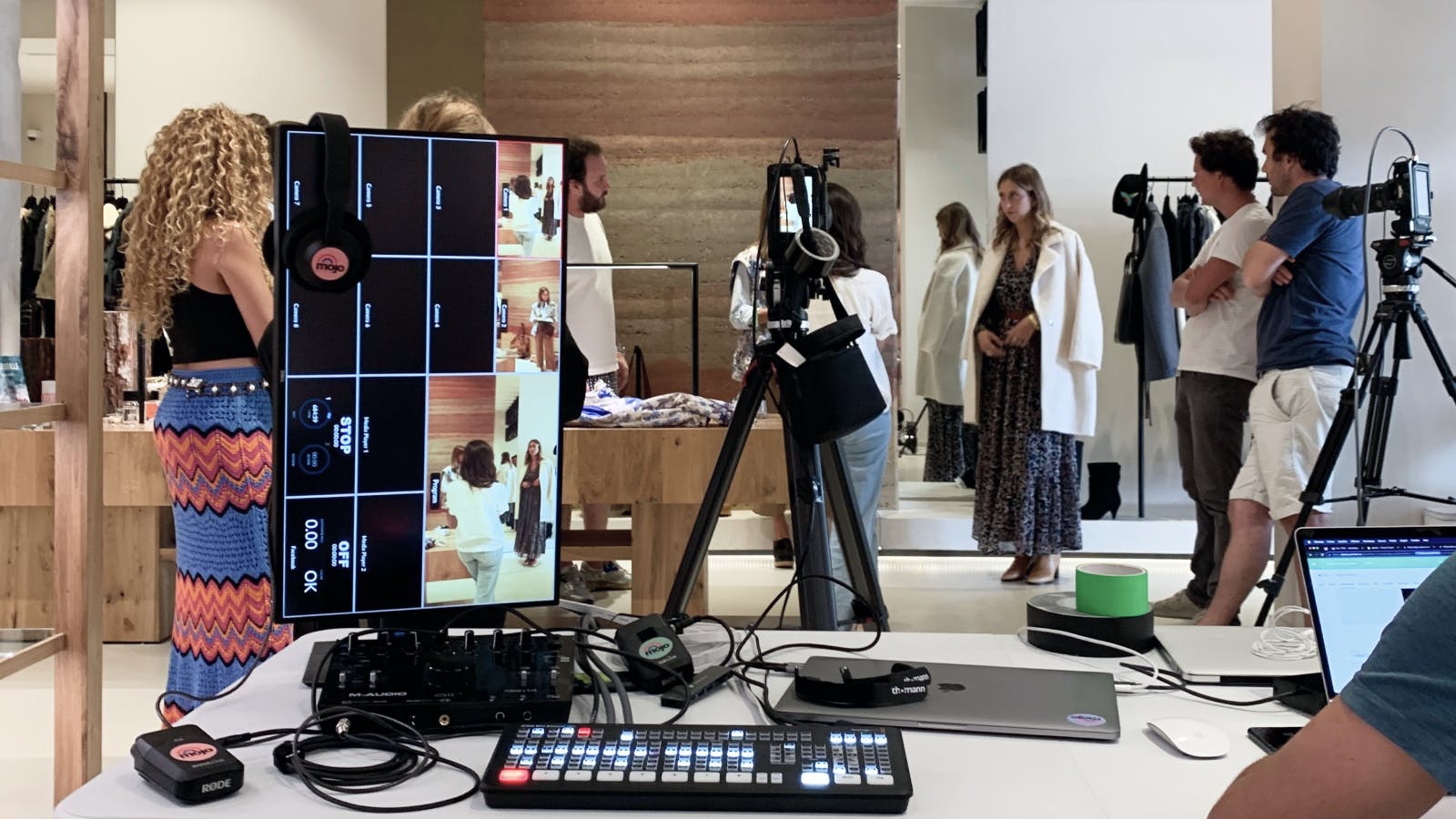
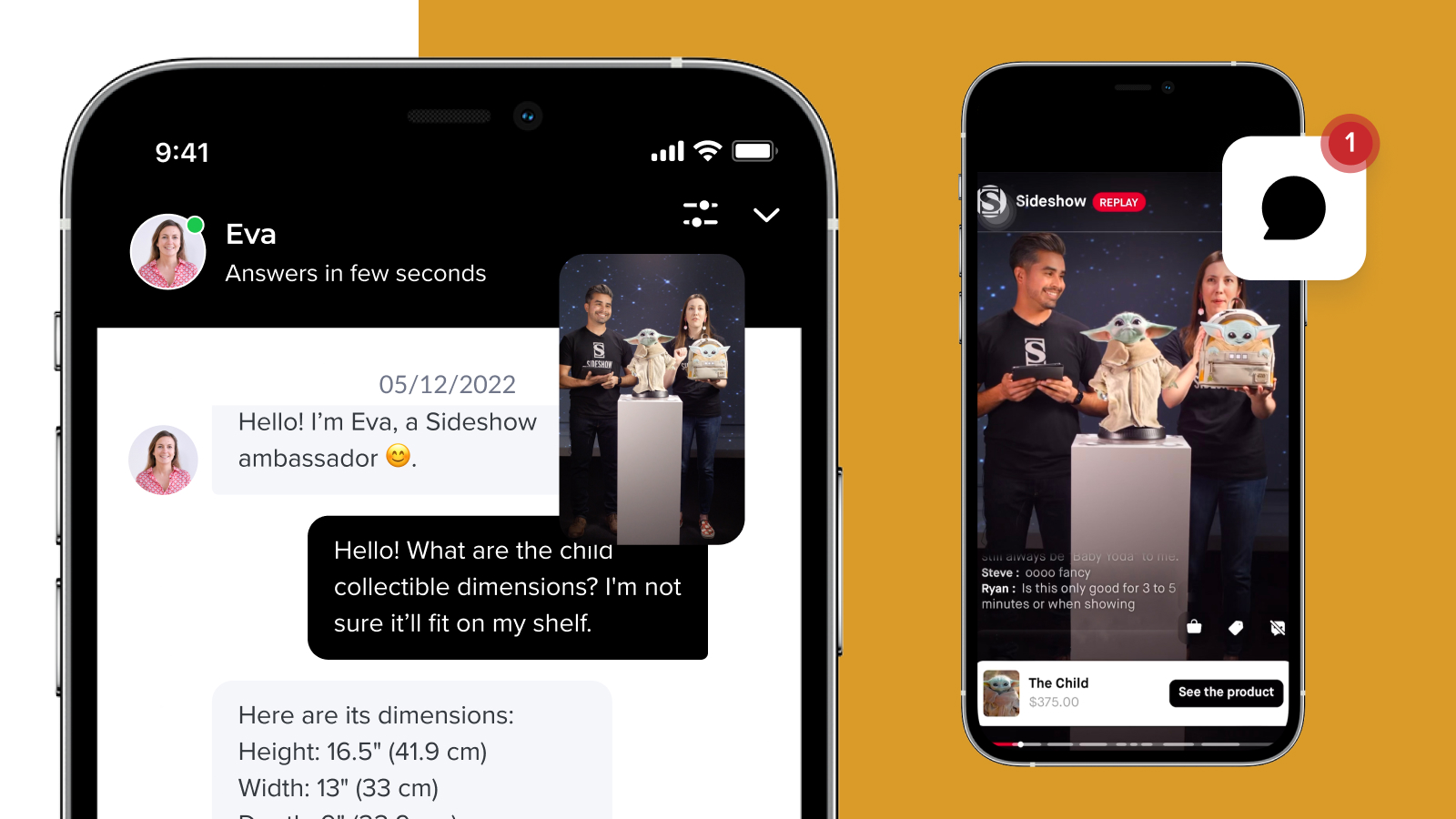
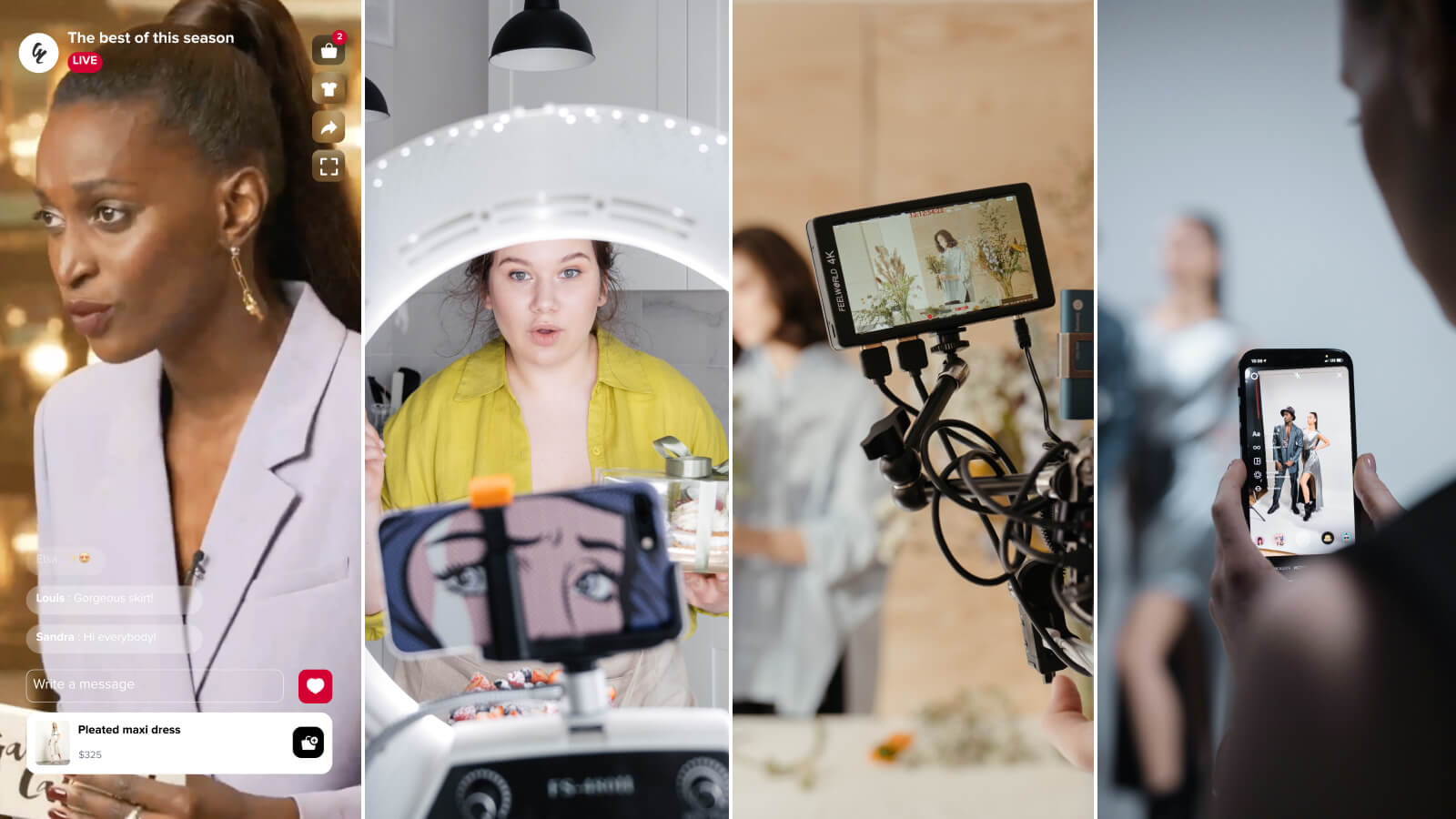
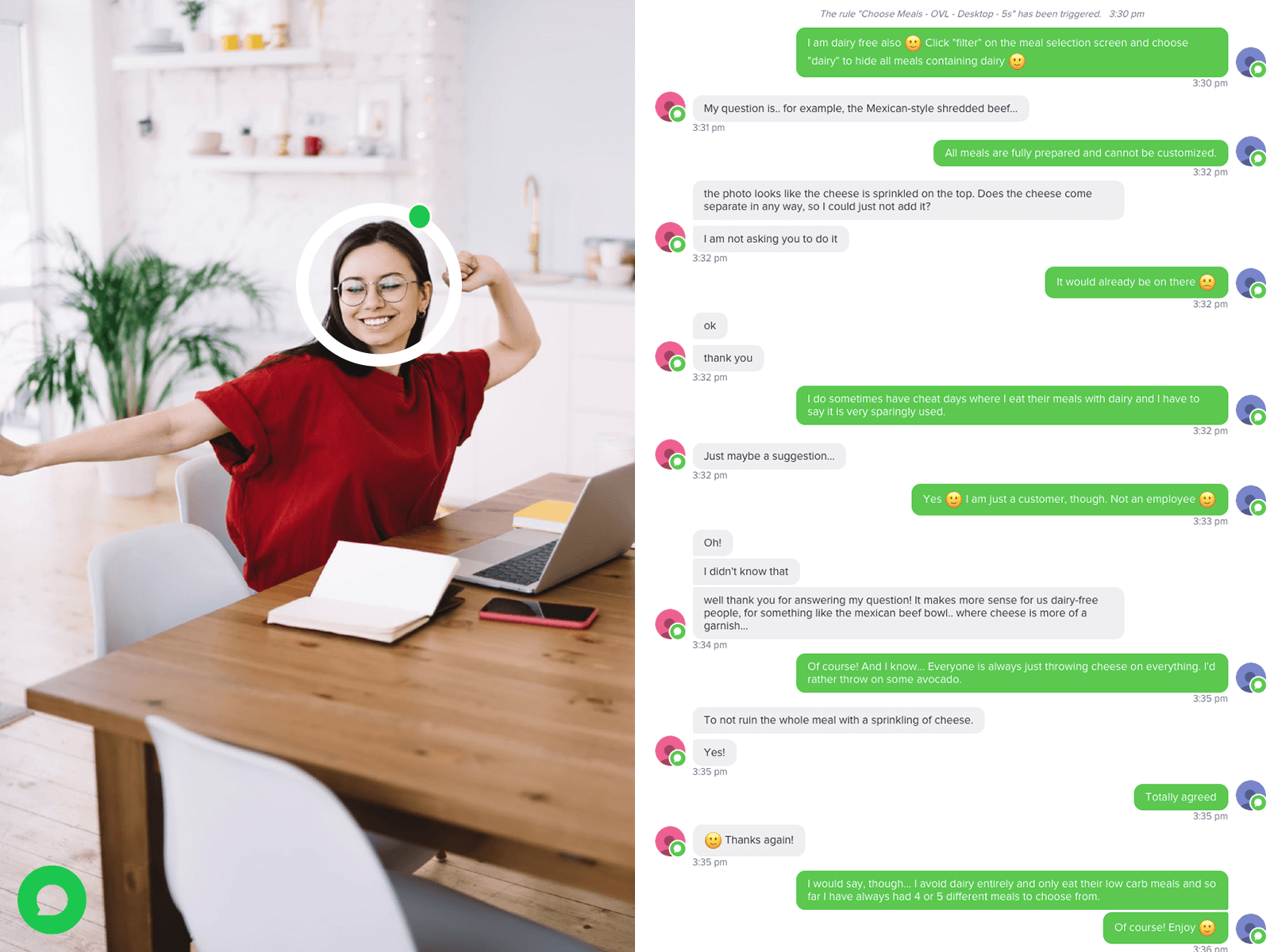
.png)



